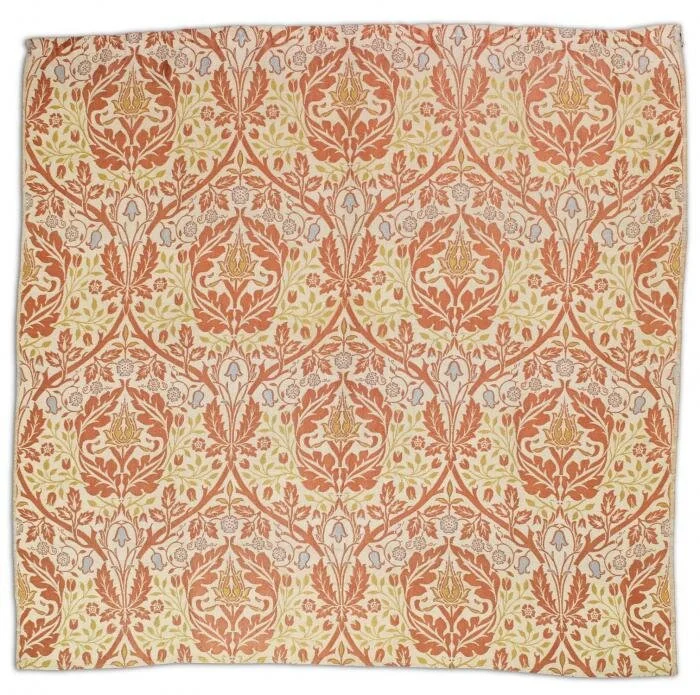Thomas Sandwith’s Cretan Embroidery
London
2019
A study was conducted to examine the significance of the Thomas Sandwith’s Cretan embroidery collection at the V&A museum.
The world-leading collections of Greek Island embroidery in museums across Britain is a result of the appreciation of British visitors to Greek heritage at the end of the 19th and early 20th century. Its acquisition, interpretation and usage were shaped by the chance encounters, tastes and definition of ‘being Greek’ of the early collectors and researchers. Since embroidery and lace making was already in decline by the time it came in contact with the collectors and has long discontinued in practice on the Greek Islands, what we call today as ‘Greek Island embroidery’ could not be verified by voices from the source community. Despite considerable effort and genuine passion has been spent on studying these collections, the understanding of their materiality, history and legacy remains a foreign construction, owning especially to the lifetime work of A.J.B. Wace, R. M. Dawkins and L. Pesel in the 20th century.
The strong interest of the British on Greek embroidery can be traced back to the exhibition of Thomas Sandwith’s collection at the South Kensington Museum (now the V&A) in 1876. The influential exhibition acted as a catalyst that moved many of its audience to further engage with Greek embroidery through acquiring, examining and referencing for new designs during the height of the Arts and Crafts Movement. Sandwith is regarded as the earliest British collector. His collection were all acquired in Crete and holds the most proven provenance of its kind. The study examines the acquisition history, design and materiality, and the impact of this group of Cretan embroidery.
Article available by request.




